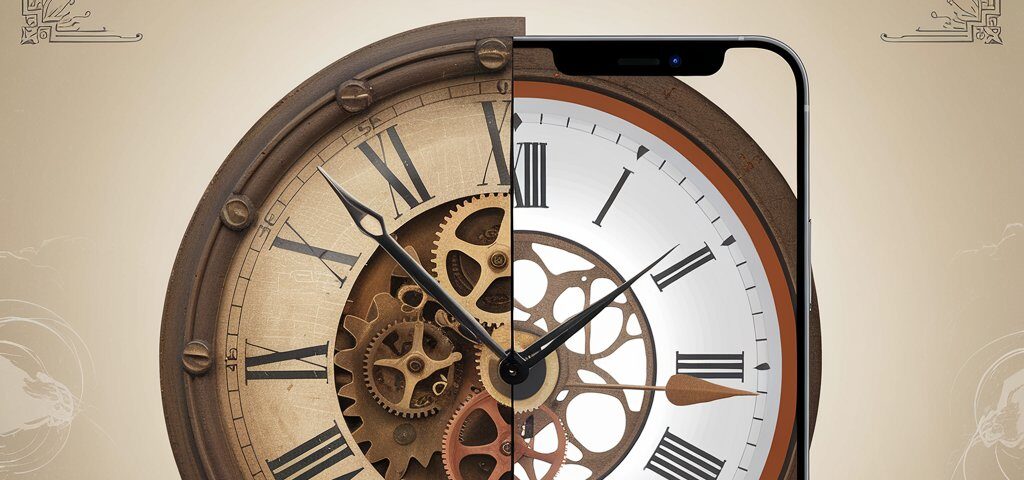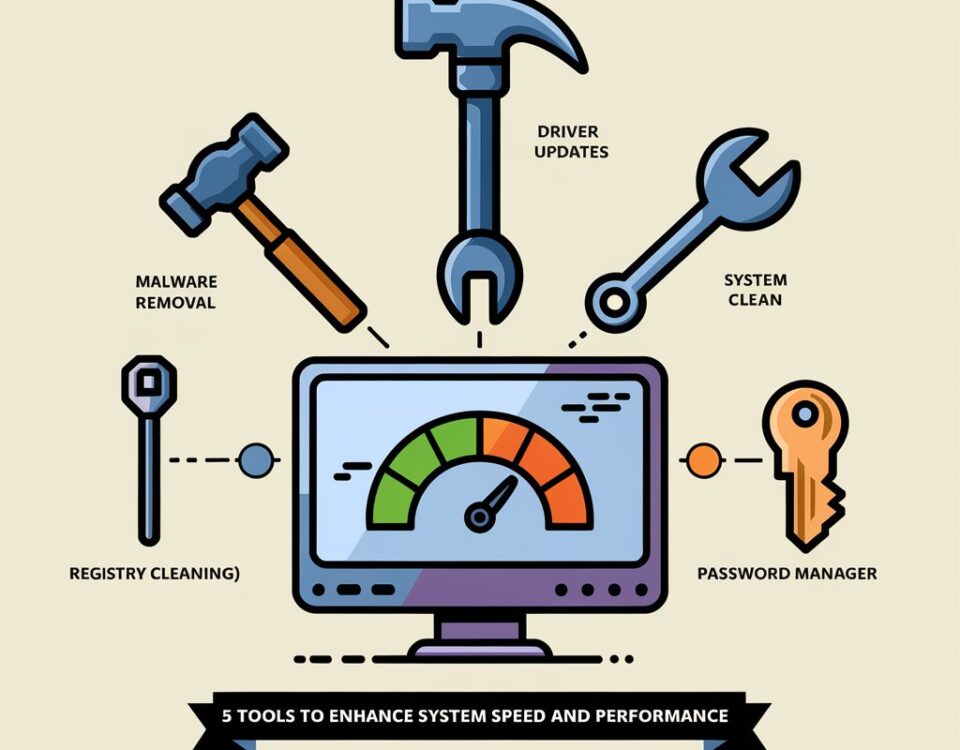
5 Key Differences Between DeepSeek and ChatGPT
February 17, 2025
8 Examples of AI in Everyday Life
February 17, 2025Technology is improving every day. Scientists and engineers create tools that were once impossible to imagine. The idea of recording voices from the past remains fascinating. Could future technology achieve this? Many questions arise about how sound and time interact. Understanding these concepts is important before considering future possibilities.
Understanding Sound and Its Preservation
Sound exists as waves traveling through air or another medium. When voices are spoken, vibrations move outward. Traditional recording methods capture these waves using devices like microphones. Ancient sounds, however, remain unrecorded because technology was unavailable. Some natural methods preserve past events, but no known way exists to recover lost voices.
Scientific Theories on Capturing Past Sounds
Some scientists believe that sound waves leave imprints on objects. If this idea proves correct, voices from the past might be recoverable. Experiments have explored whether materials capture and store vibrations. Research continues, but no strong evidence supports the possibility yet.
Advancements in Technology and Sound Analysis
Modern technology improves sound detection. Sensitive microphones and AI models analyze sound patterns. Some tools reconstruct damaged audio from old recordings. These advancements suggest that further progress may lead to unexpected discoveries. AI and machine learning help process historical data, bringing hope for future developments.
Challenges in Retrieving Lost Voices
Several obstacles exist in the search for past voices. First, sound waves disperse quickly after production. Without a storage medium, retrieving them becomes impossible. Second, no known material holds sound for long periods. Even if waves leave traces, detecting them requires technology beyond today’s capabilities.
Role of Quantum Computing in Sound Recovery
Quantum computing presents new possibilities. Scientists believe quantum mechanics can alter how data is processed. If sound waves interact with quantum fields, their imprints might exist somewhere. Research in this area remains in its early stages. The potential remains, but no concrete evidence supports these claims.
Exploring Historical Artifacts for Sound Traces
Some researchers examine ancient objects for sound imprints. Pottery, walls, and materials may hold microscopic vibrations. If technology deciphers these patterns, historical voices might emerge. However, no successful retrieval of past voices has occurred. The possibility remains theoretical.
Ethical Considerations and Implications
If retrieving past voices becomes possible, ethical questions arise. Privacy concerns and historical accuracy must be addressed. False interpretations could lead to misinformation. Respecting the past remains crucial when developing such technologies.
The Future of Sound Preservation
Despite challenges, sound preservation continues improving. Advanced recording methods store audio for centuries. While capturing past voices remains uncertain, preserving present voices helps future generations. Digital archives ensure history remains accessible.
Conclusion
Rewinding time to recover voices remains an exciting concept. Science progresses, but no clear method exists yet. Future discoveries may change perspectives, but for now, voices from the past remain silent.




